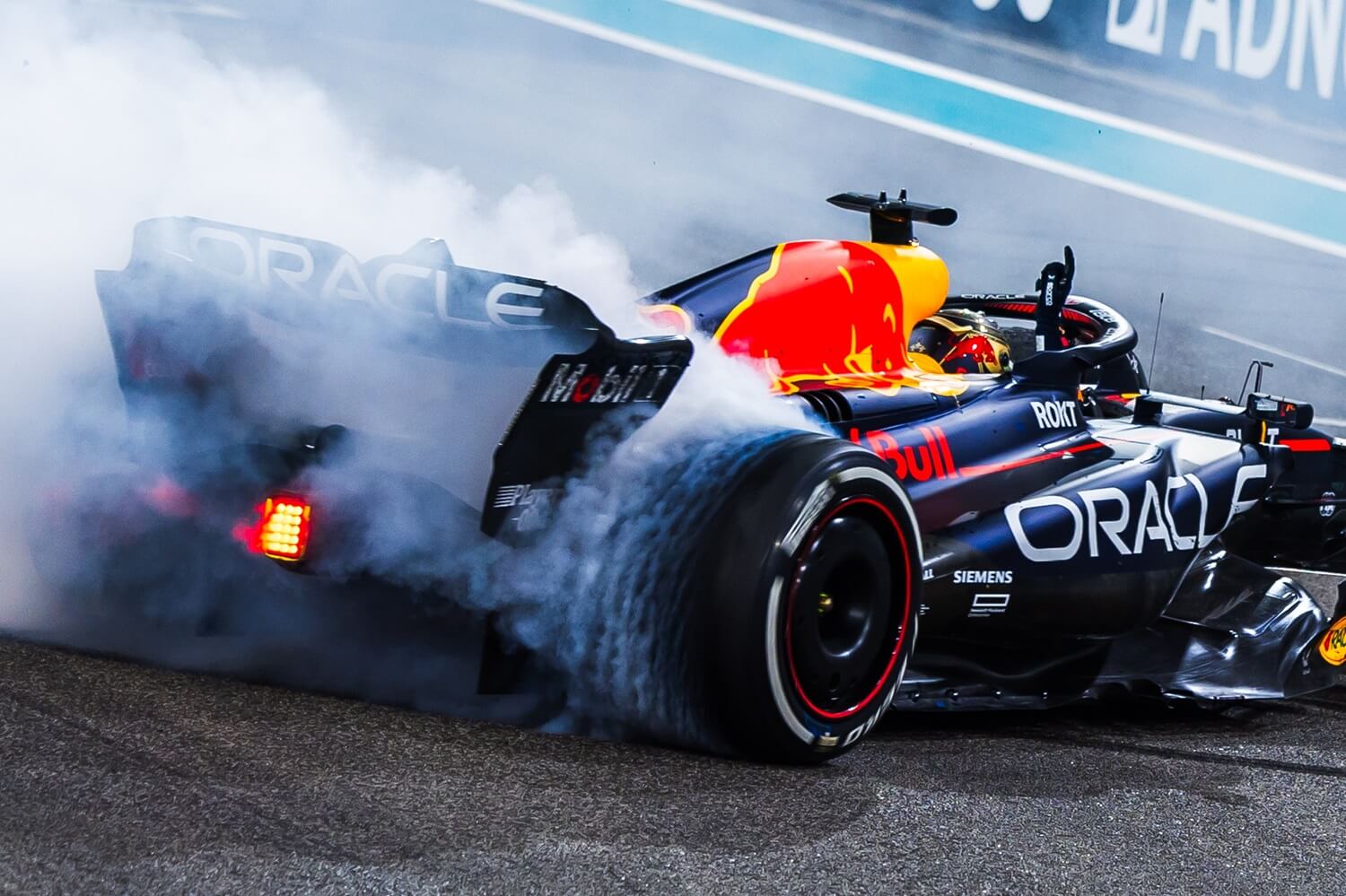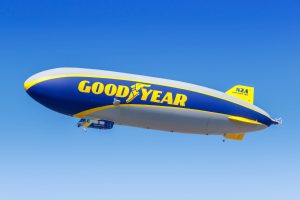Without a doubt, Formula 1 is the most technologically advanced motorsport today. However, it has changed a lot since the very first F1 World Championship Grand Prix in 1950. It went from simple, high-powered machines to highly sophisticated vehicles designed with speed, precision and cutting-edge technology in mind. It combines aerodynamics, materials and electronics to create a global motorsport business, which is what F1 has evolved to. Let’s see how it all started.
Early Beginnings
Racing existed and was quite popular in Europe even before F1. In fact, there were several Grand Prix events in the early 1900s. However, they were not a part of a global championship organisation. The year of 1946 marks the establishment of Fédération Internationale de l’Automobile (FIA) – an organization that had a role to set rules for new type of racing – Formula. The idea was to standardize racing, creating consistent competitions after World War II events.
The first ever F1 World Championship took place in May 1950, at the Silverstone Circuit in England and it was during this period that motorsport fans and enthusiasts recognized the commercial potential of it. Early teams of the F1 include Alfa Romeo, Maserati and Ferrari, one of the most iconic teams to this day. Early F1 cars, however, were quite simple and the focus was put on the driver’s skills and the mechanical reliability of the vehicle. Innovations in aerodynamics, safety, engine design, etc. came later, over time.
Ecclestone’s Era
Bernie Ecclestone developed a passion for motorsport at an early age and his interest shaped his future career and the F1 itself. Ecclestone became a central figure in the F1 circle and reshaped the business landscape of the sport itself. He recognised the potential that F1 had and decided he was going to transform it into what F1 is today – a global powerhouse. However, the journey to transform F1 into an organised and professional global sport was not simple and he faced several challenges during his journey.
In the 1970s teams were operating independently and commercial aspects of the sport were not as they are today. Ecclestone recognised the issue and helped the formation of the Formula One Constructors’ Association (FOCA), which united the teams and helped them negotiate with race organisers, and commercial dealings and have more significant control in terms of the commercial side of the sports.
The 1970s was a transformative era of F1 in terms of technological advancements as well. Engineers started designing and building more powerful engines and aerodynamics started to gain more and more attention. Cars became more complex and powerful with improved tyres, suspensions and brakes.
The Era of Turbocharged Engines
Another significant shift in the F1 world was the introduction of turbocharged engines in the 1980s. This allowed the teams to build cars with more power, with some engines reaching +1,000 HP. This brought even more increased competition, but also an unstable racing environment since the new engines were not as reliable.
Another issue with such powerful engines was safety since the increased speed brought more dangerous accidents, resulting in FIA setting new rules that limit engine power and enforce enhanced safety regulations. This includes the introduction of carbon fibre monocoque chassis for more strength and rigidity. Fuel tanks were also redesigned to be less prone to ruptures during crashes, preventing fire risks.
The 1980s and 1990s also saw the commercial expansion of F1. The sport started gaining more and more sponsors, and TV deals and sponsorships extended the sport’s reach far beyond Europe. This also saw the rise of F1’s biggest rivalries, such as Ayrton Senna and Alain Prost. Media presence and commercial expansion laid the groundwork for the success that F1 has today, making it one of the most-watched sports globally.
The Modern Era
As the 21st century was approaching, teams shifted their focus from power and safety became the top priority. The 2000s saw the introduction of the Head and Neck Support System (HANS) to prevent neck injuries and whiplash during crashes, making it one of the most significant safety advancements. Digital technology became more popular and allowed engineers to make more data-driven decisions. Electronic systems like traction control and Kinetic Energy Recovery System (KERS) made the cars even more sophisticated with teams using various cutting-edge technologies to improve their overall performance.
The 2000s saw Ferrari and Michael Schumacher at the top of F1, representing the sport in the way it actually is – a combination of impressive driving and engineering skills. Later, during the early 2010s teams like Red Bull Racing started rising, with Sebastian Vettel’s exceptional driving skills and the team’s innovative technologies. This was followed by the rise of Mercedes AMG and their partnership with Lewis Hamilton, which dominated the sport from 2014 until 2020.
One of the most controversial innovations was the Halo device. Introduced in 2018, the Halo has a titanium structure that sits above the cockpit and protects driver’s head in the event of an accident. Many argued about the impact it had on car’s visibility and aesthetics, however, since 2018, it saved plenty of drivers from serious injuries or even death, including Romain Grosjean’s crash at 2020 Bahrain Grand Prix.
F1 Today
Safety, speed, cutting-edge technology, aerodynamics, materials, sponsors, business… These are just some of the words to describe what F1 is today. With races taking place all around the world and FIA constantly pushing for innovations and improvements, F1 represents the peak of technological advancement in the industry, with teams and engineers starting to focus on sustainable practices that include the use of biofuels and electric power. Day by day, the sport continues to grow and we are yet to see the latest cutting-edge technologies that teams are going to introduce in order to keep the sport and the business growing.
Summary
Formula 1 has transformed from a post-war motorsport into a global symbol of speed, innovation, and technology. Starting with simple race cars in the 1950s, F1 evolved through decades of engineering breakthroughs, from turbocharged engines and aerodynamic enhancements to modern safety systems like the Halo.
Key figures like Bernie Ecclestone reshaped its commercial appeal, while legendary rivalries and team innovations fueled its rise. Today, F1 combines performance, data-driven design, and sustainability, remaining the pinnacle of motorsport evolution.





